What do Coca-Cola and cocaine have in common? You guessed it right, the "coca" part. And while it is true that Coca-Cola used to contain coca leaf extract, it had very little to do with the infamous drug. So does the coca plant itself: in fact, it has many uses—from practical to sacred—and has been a part of Indigenous cultures for thousands of years.
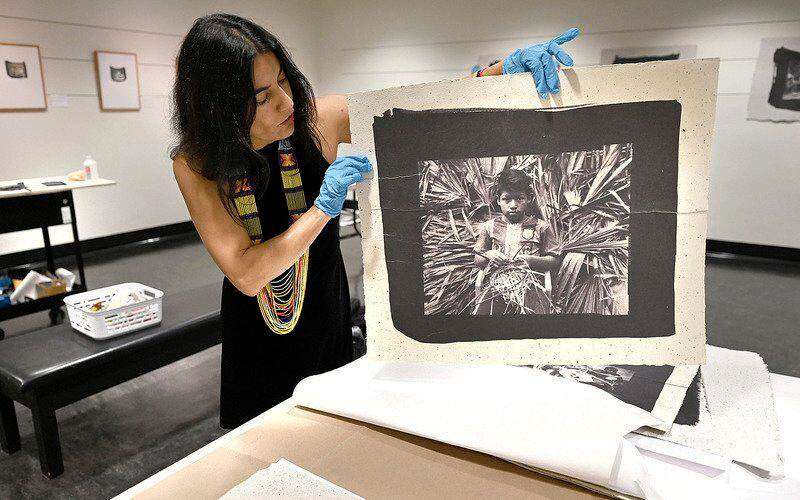
Alexandra McNichols-Torroledo is a Colombian-American photographer who has been working with Indigenous communities and bringing their cultural practices to light through her art. The use of coca plants is one of the most misrepresented parts of Indigenous culture and Alexandra’s ESX*/COCA project explores the issue.
The artist visited Wasak Kweswesx School located on the reservation of Nasa Indigenous people, where the ancient knowledge on coca is taught to young generations in their native Yuwe language today. Her visits and experiences at the school resulted in a series of photographs showing the use of coca for cultural and spiritual practices.
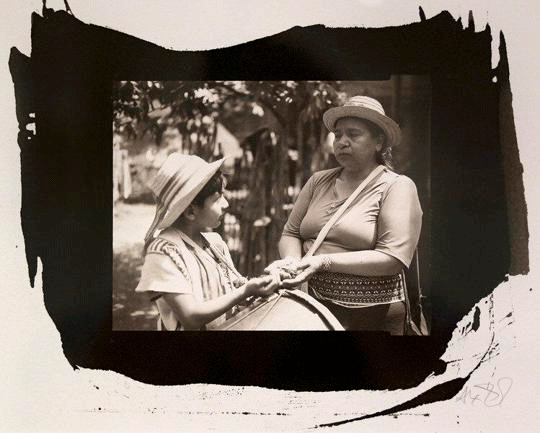
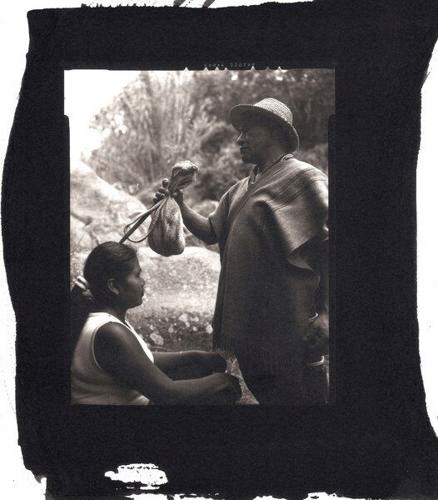
In her talk with Tribune-Star publication, Alexandra acknowledged that Spanish Conquistadors demonized the plant and forced Indigenous people to abandon their cultural practices. But despite this, the Indigenous traditions are still here.
“As a Colombian-American photographer, I seek to educate audiences about the values and practices of Nasa Indigenous people regarding coca and to provoke reflection about alternatives to the ‘War on Drugs,'” the artist said.
In her photos we can see a traditional teacher, “The Wala”, informing students about sacred coca rites. Nasa people believe that coca can help harmonize the person so they can benefit their community.
Alexandra also pointed out that “Nasa traditional medicine believes illnesses are a result of spiritual and physical imbalance. Chewing coca leaves is believed to enable doctors to get a better sense of a patient’s inner problems.”
According to research, coca leaves are not toxic and do not create dependence. Moreover, the leaves might be helpful with gastrointestinal ailments and a few other health issues. This aspect of traditional Indigenous coca use for wellness and spiritual practices reflects the United Nations Sustainable Development Goal for Sustainable Cities and Communities and makes the plant an integral part of the Nasa people’s culture.
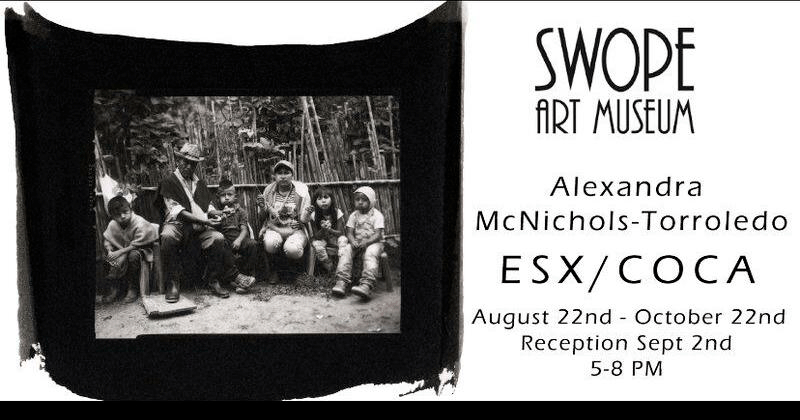

In addition, the ESX/COCA project is showing another use of coca: Alexandra attended a workshop on coca paper, led by Colombian artist Estefania Pineda, so that her photographs could be printed on coca paper. Another Colombian creative, Johana Pachón, brought coca paper to print in Bogotá.
“This type of printing is my way to talk about legalization of this plant. We need to understand coca leaves are a healthy natural product that nurtures the body with vitamins and gives a boost of energy to the person.”
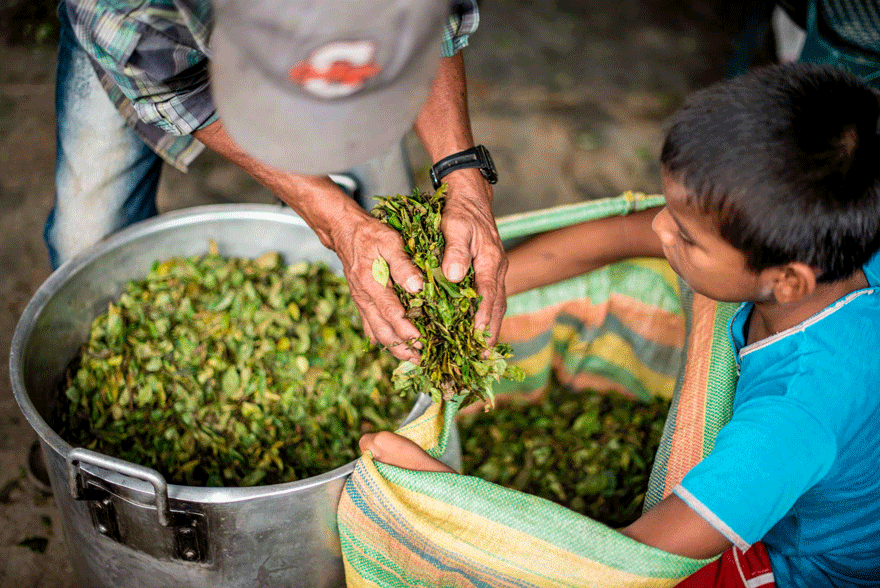
Alexandra took 15 pictures printed on coca paper to showcase in the US.
Overall, ESX/Coca broadens our view on the coca plant, giving tribute to its cultural legacy and creating an opportunity to see the coca plant in a way that is different from mainstream Western media.
This initiative is also an amazing collaboration of different Colombian artists coming together to educate the public on Indigenous cultures, promoting the United Nations Sustainable Development Goal for Quality Education. You can see the project coming to life in this YouTube video. To get more of authentic Colombian culture and Alexandra’s photography, visit her website.
*ESX refers to “coca leaves” in the Yuwe language of the Nasa people, an Indigenous group that has been using coca for thousands of years.
